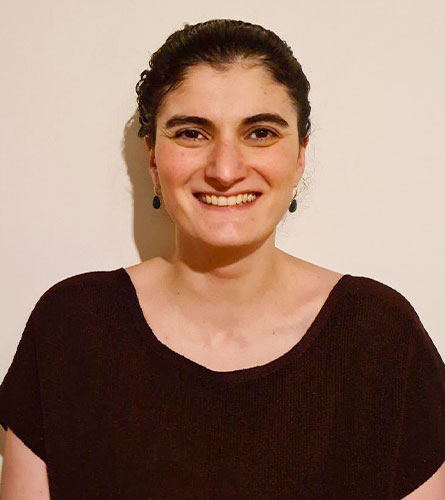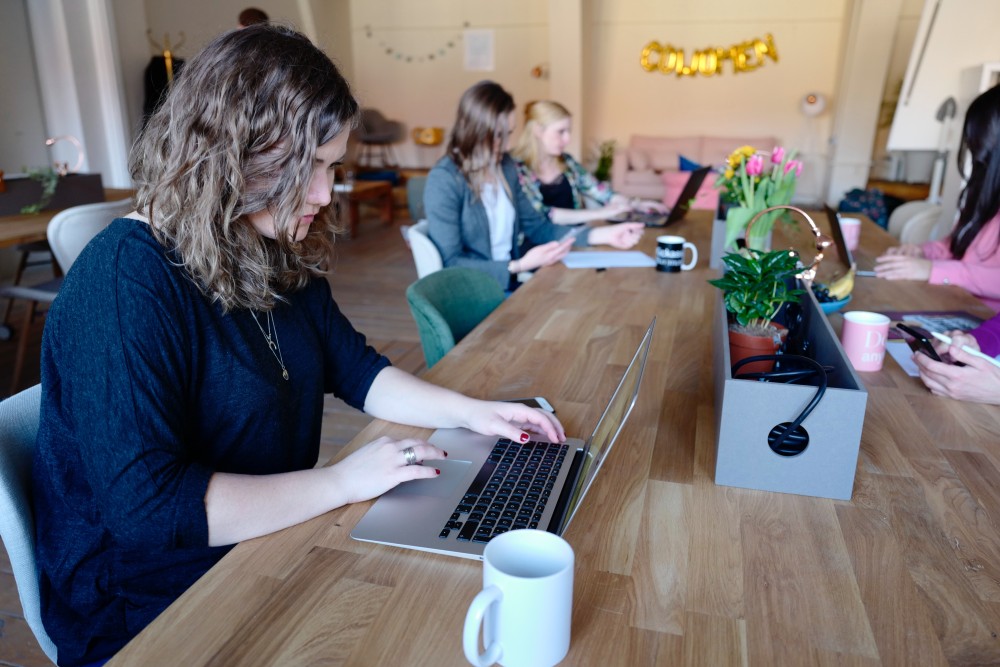People analytics has come a long way from implementing the first HR systems to creating people analytics strategies to serve global organisations, aligning them with business problems to e solved, and creating value by delivering actionable people data insights enabling better business decisions. And now, HR and people analytics have yet one more crucial role as organisations are creating return-to-work plans and trying to provide smooth post-COVID-19 recovery strategies while meeting employees’ needs.
Manana Rtskhiladze, Global Workforce Analytics Lead at Electrolux, has experienced the whole process of implementing people analytics on a global scale. She will tell us more about it during her session on People Analytics Journey at Electrolux at the Nordic People Analytics Summit 2021. Besides discussing some of the important points in her presentation, Manana also shares important considerations when preparing return-to-work plans and the place of people analytics in the whole picture.
Hyperight: Hi Manana, we are excited to welcome you and Electrolux to the Nordic People Analytics Summit 2021. To begin, please tell us a little bit about yourself, your background and your role at Electrolux.
Learn more about the Nordic People Analytics Summit


Manana Rtskhiladze: Thank you very much! I am very excited to be part of the Nordic People Analytics Summit 2021. In regards to my background, I am originally from Georgia but I moved 10 years ago to the Netherlands and later on to Sweden. I have Masters degrees in Organizational Psychology from Tbilisi State University as well as Business Administration with a focus on HR from the University of Twente in the Netherlands.
After finishing my studies in the Netherlands I joined Nike European Headquarters where I first started using data in order to help decision making within HR and it became evident for me how much stronger arguments become when you back them up with data. In 2016 I moved to Sweden and since then I have been working at Electrolux. I joined the company during very exciting times when the HR system was being implemented globally; this gave me a very good understanding of people processes as well as how different regions were working with the people data. After the system roll-out once we had people data globally in one place we started to receive a lot of ad hoc requests from global HR Business Partners and we started to focus more and more on a People Analytics strategy. We have worked on initiatives to make sure HR Business Partners would have dashboards accessible in real-time so that the focus for the people analytics team would shift more towards helping our customers by asking the right questions and suggesting actions based on the data.
When it comes to return-to-work-plans we also see that indeed organizations are flexible and are planning to take employee preferences into account would it be remote/ hybrid or returning into the office.
Hyperight: Your Nordic People Analytics Summit session will focus on the People Analytics Journey at Electrolux. Could you please tell us a little bit about the initiative and the most significant insights you gained?
Manana Rtskhiladze: Sure! This journey combines several different initiatives. Our mission is value creation through the delivery of actionable people data insights enabling better business decisions. It is very important to know what are the business problems we are trying to solve and then put insights into actions. We have started with defining KPIs and we have included our stakeholders from HR process teams as well as HR Business Partners in this discussion. As a next step as we wanted to make sure that dashboards would be accessible in real-time we implemented a visualization tool that allows our HR Business Partners to have access to the data and dashboards at any time. As People Analytics is still a fairly novel topic and it changes the way HR has been working historically, this change requires time. It is very important to have the right expectations and agile approach so that we can take small steps, see the outcome and impact, get the feedback and keep improving.


Hyperight: What are the challenges you came across and how did you tackle them?
Manana Rtskhiladze: Well I would say the challenges have been related to three main topics:
- Data quality. When we talk about analytics in general of course we have to make sure the right foundation is in place to build analytics on top of it. In the same way for People Analytics data quality is crucial; this is something that should be continuously discussed, challenged and improved and I do believe making data visible helps to trigger these discussions. Having a single version of the truth is very important as well as having a common language when we talk about the data. Therefore having data standards and governance in place has a huge impact on people analytics outcomes and success.
- Roles and responsibilities — not only within the people analytics team but also with other teams such as IT, workforce management/HR operations team etc.
- Change management — how do we make sure we support the change in the best way. As I mentioned in the beginning it is very important to understand that the scale of change is significant. We, as a people analytics team, should always ask for feedback from HR Business Partners and take it into consideration and at the same time support them and give them the confidence to work with the data in practice. I think that over time, once they get used to new ways of working, they will see more and more value in People Analytics.


Hyperight: As we are slowly returning to our new-old way of working, it becomes evident that Chief HR officers need a flexible and smooth post-COVID-19 recovery plan. What considerations should organisations take into account as they prepare their return-to-work plans? And could you share the trends in people analytics that we should expect in 2021 and beyond?
Manana Rtskhiladze: It is great to see how many organizations have prioritized employee wellbeing and have been trying to continuously listen to their employees through pulse surveys. When it comes to return-to-work-plans we also see that indeed organizations are flexible and are planning to take employee preferences into account would it be remote/ hybrid or returning into the office.
There is a lot of research going on but what we know is that we are at the beginning of the fourth industrial revolution and this global pandemic has accelerated the speed of it; it is clear that HR has a very important role to play in regards to new ways of working, how they impact productivity, innovation etc. Therefore, I believe we will see more collaboration between different analytics teams in organizations and the expansion of people analytics data sets to non HR data. I believe people analytics will help HR to step up to make data-informed decisions in order to support business and employees in the best way. I think People Analytics will grow and become more and more valuable for the business. I also think HR Business Partners will become more data literate, which of course, does not mean that they need to understand analytics in details but rather to be more confident to discuss the data with the business.














Add comment